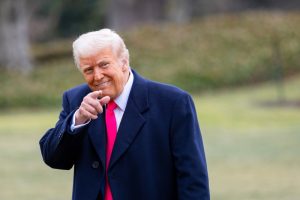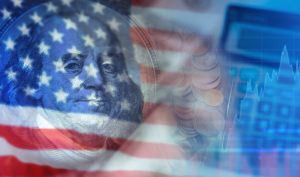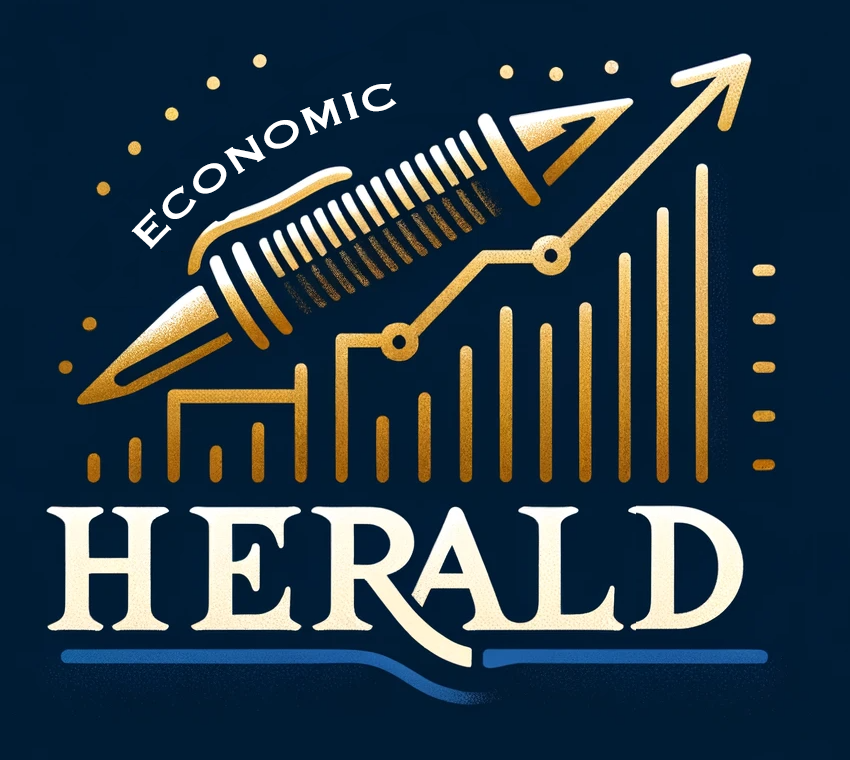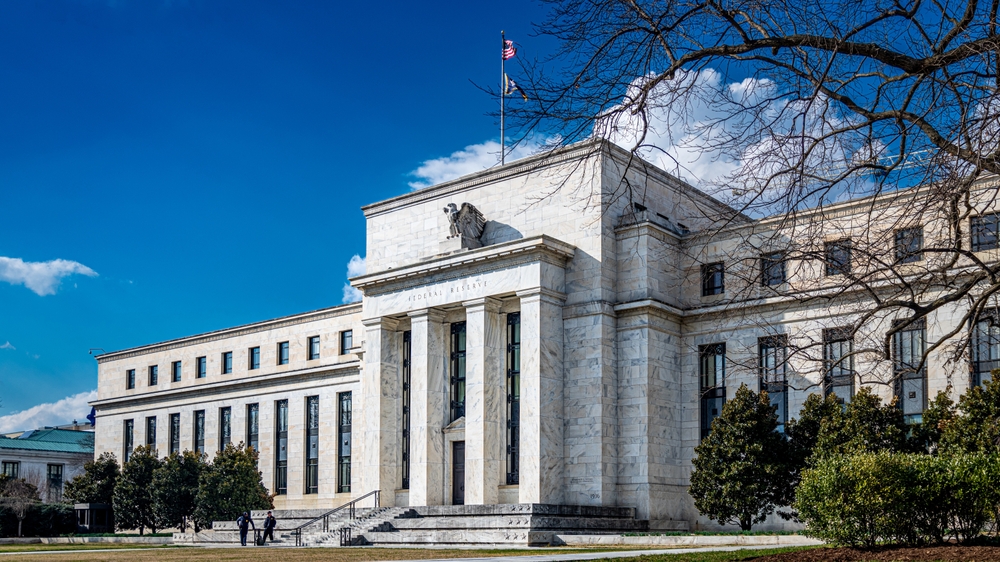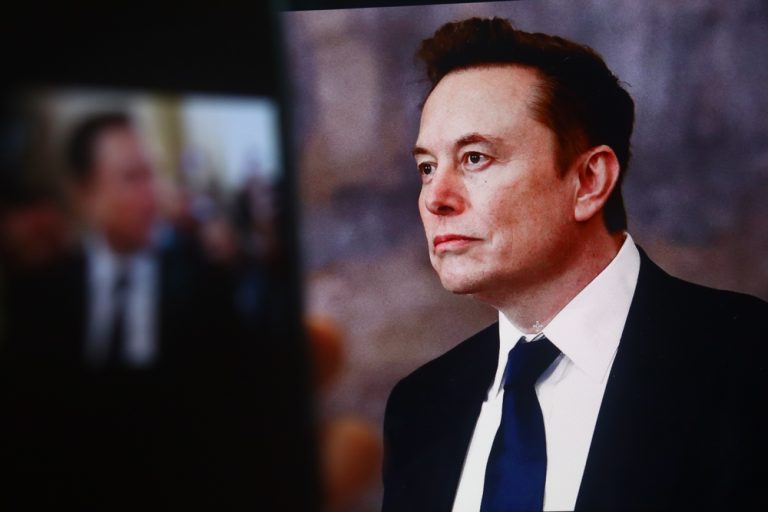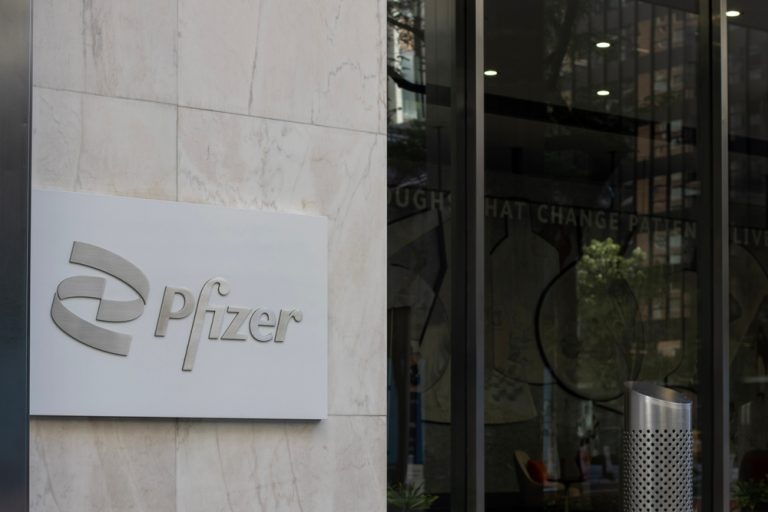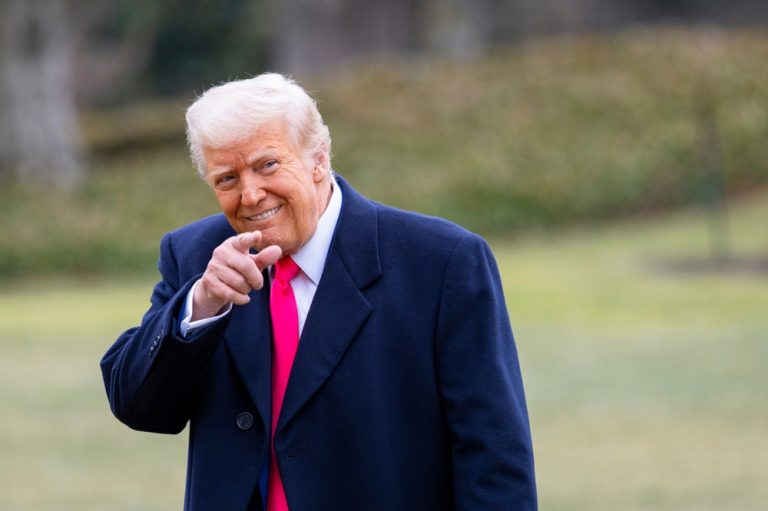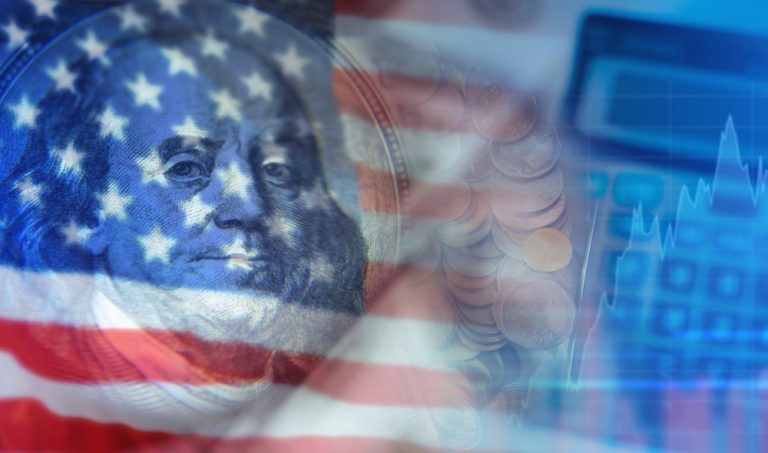The Federal Reserve is expected to keep interest rates steady at its upcoming policy meeting, despite mounting pressure from President Donald Trump for aggressive cuts. While the Fed weighs the risks of inflation and tariffs, its decision could further strain tensions between the central bank and the White House.
Markets Expect No Rate Change
According to the CME Group’s FedWatch tool, financial markets priced in just a 3% chance of a rate cut this month. The Fed’s Federal Open Market Committee (FOMC) is widely anticipated to maintain its current policy stance when it meets Wednesday. Trump has repeatedly urged the Fed to lower rates by a full percentage point, calling Fed Chair Jerome Powell a “numbskull” for resisting cuts.
Tariffs Complicate the Fed’s Outlook
Fed officials remain cautious about lowering rates, citing concerns that Trump’s tariffs could reignite inflation, which has recently cooled to near the Fed’s 2% target. The dual impact of tariffs—raising consumer prices while potentially weakening the broader economy—poses a dilemma for the Fed as it seeks to balance its dual mandate of low inflation and full employment.
Recent Data Supports Holding Steady
Strong employment numbers and stable inflation give the Fed little immediate reason to adjust policy. “No FOMC official has been advocating for a change in policy, so the decision to hold should be easy,” said Michael Feroli, chief U.S. economist at JPMorgan Chase. The Fed has been in a communications blackout ahead of the meeting, but prior comments indicated a cautious, wait-and-see approach.
Rate Policy History and Economic Impact
The Fed’s federal funds rate is its primary tool for influencing the economy, affecting borrowing costs on mortgages, car loans, credit cards, and other consumer debt. The Fed slashed rates to near zero during the pandemic to stimulate growth, but began aggressively hiking rates in 2022 to combat surging inflation, eventually reaching a two-decade high. The Fed initiated rate cuts in 2024 as inflation cooled but has kept rates unchanged since December following Trump’s election victory.
Fed Faces Increasing Political Pressure
Trump’s demands for lower rates come amid his broader efforts to stimulate economic growth and job creation. While lower rates could support these goals, Fed officials remain wary of stoking inflation. The president’s confrontational stance raises concerns over political interference in the central bank’s independent decision-making process.
Conclusion
As the Fed prepares to hold rates steady, it faces intensifying pressure from President Trump to adopt a more aggressive easing stance. With inflation contained and the labor market stable, Fed officials are expected to maintain a cautious approach, even as political tensions continue to build around monetary policy decisions.
